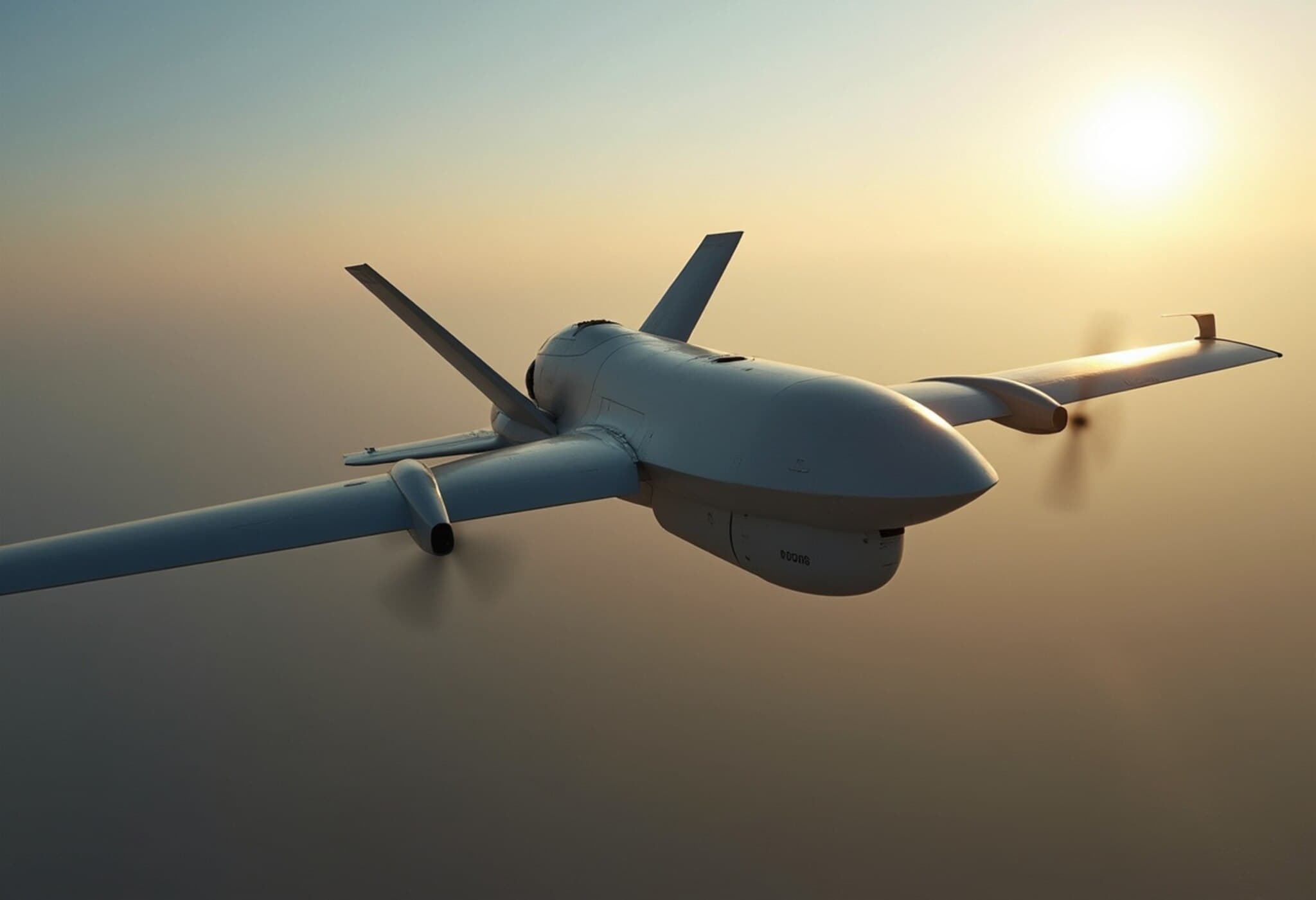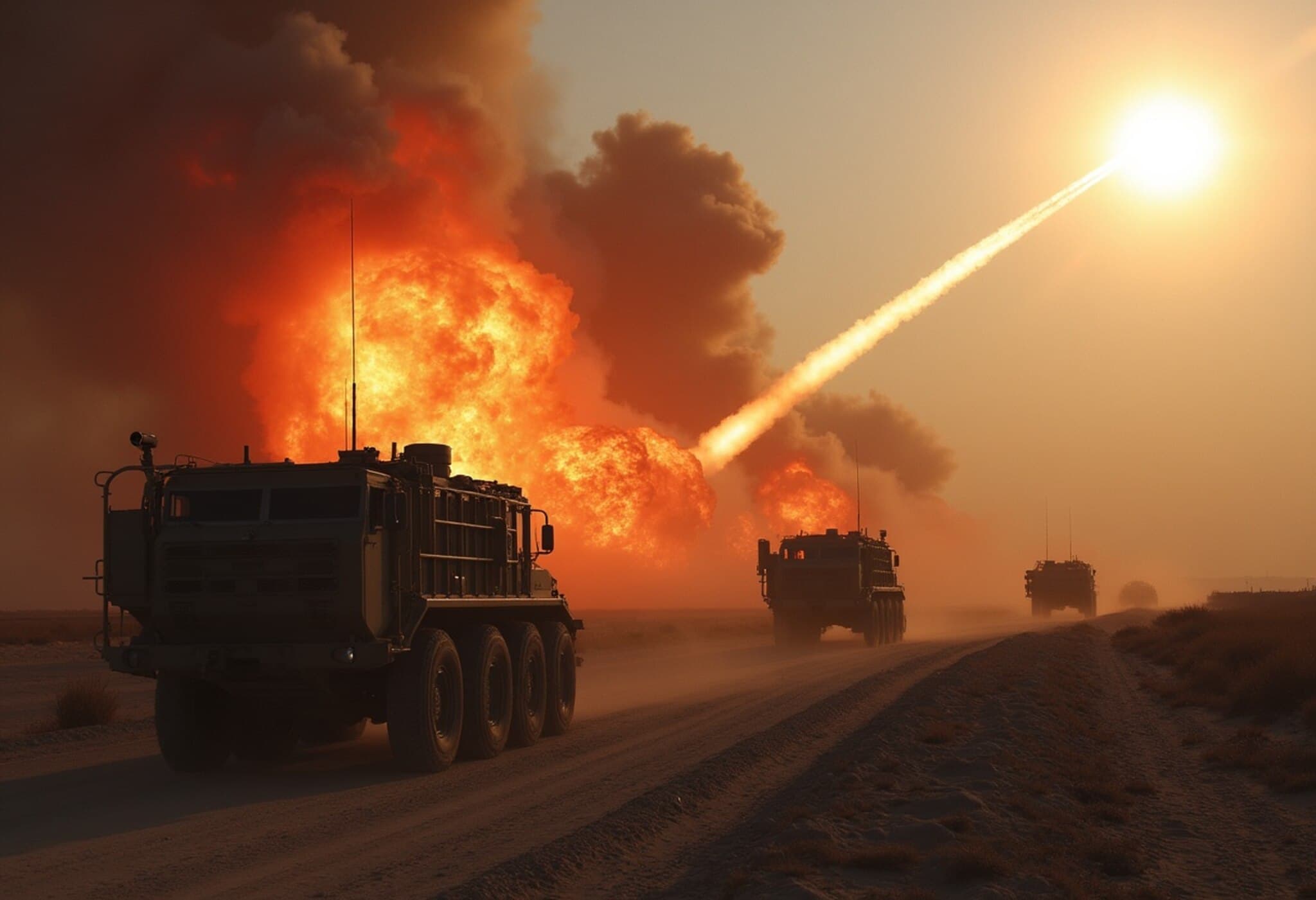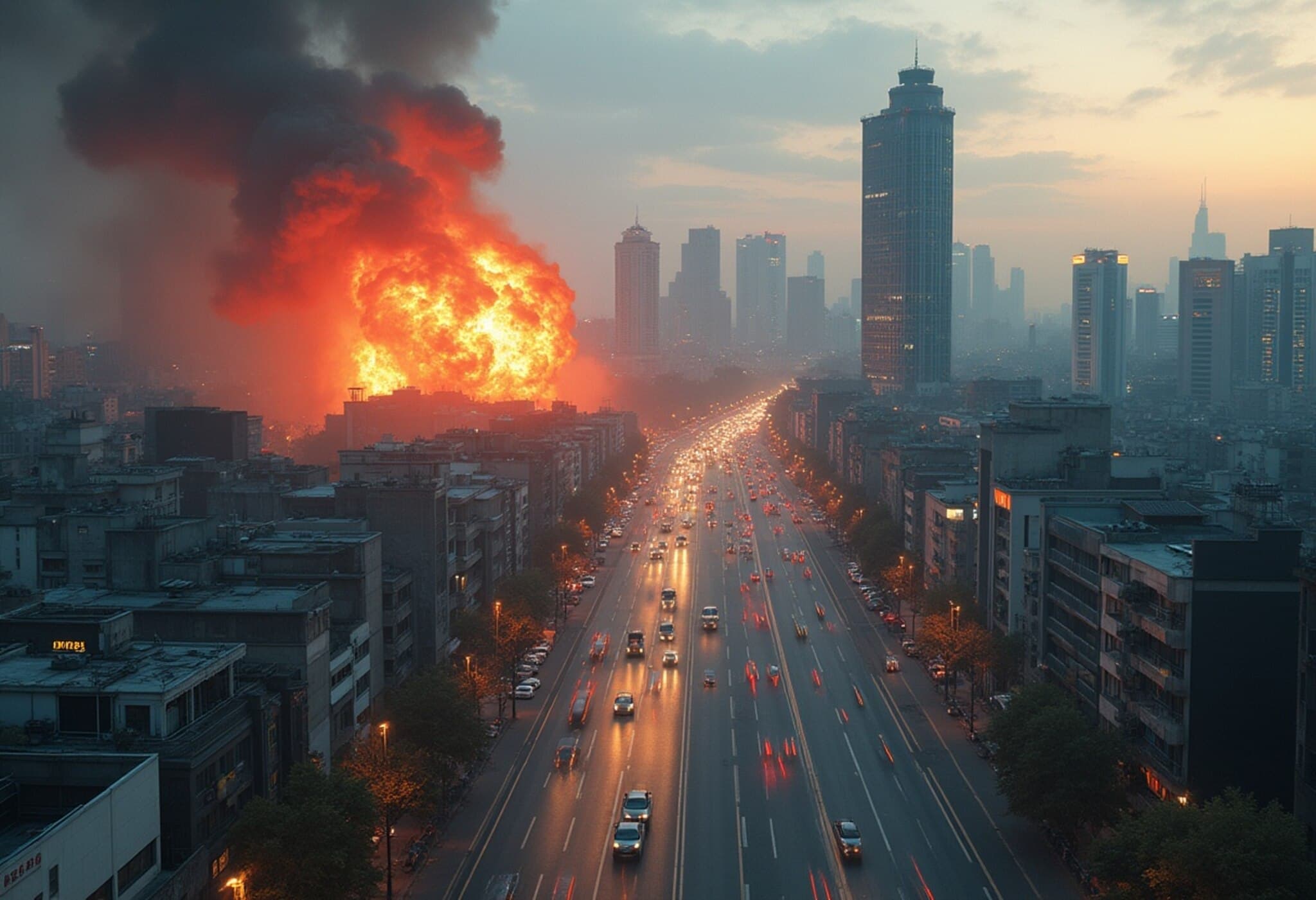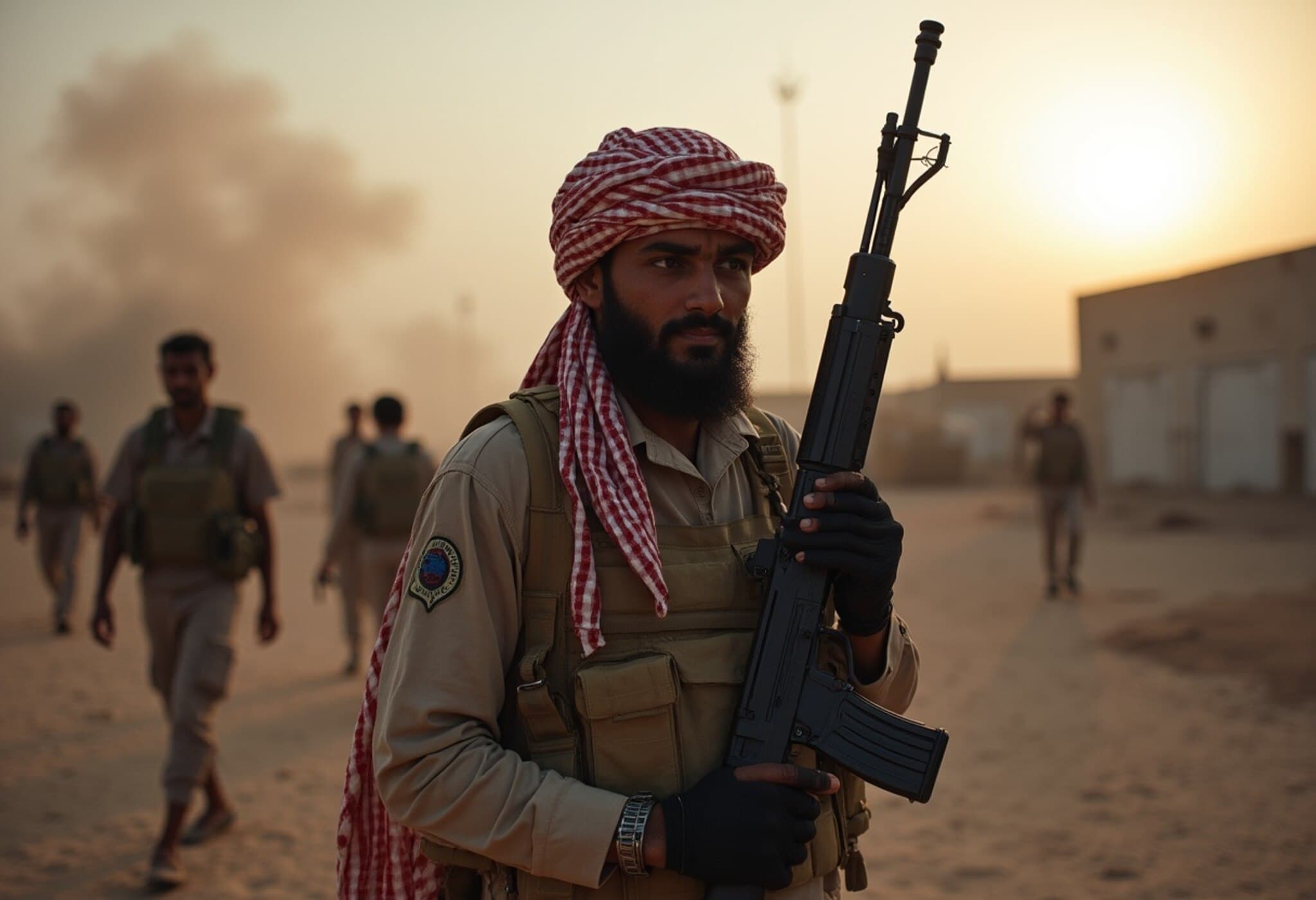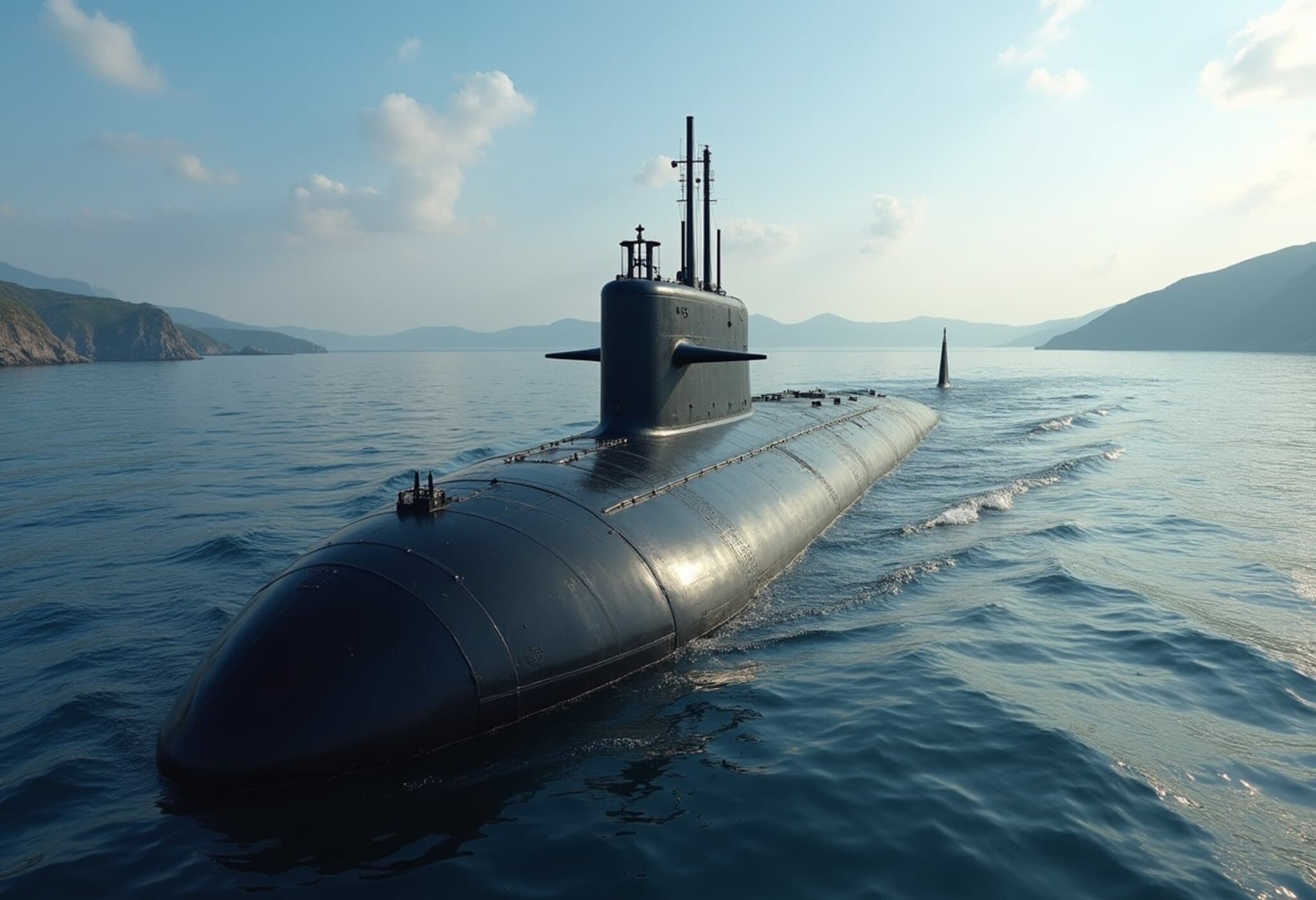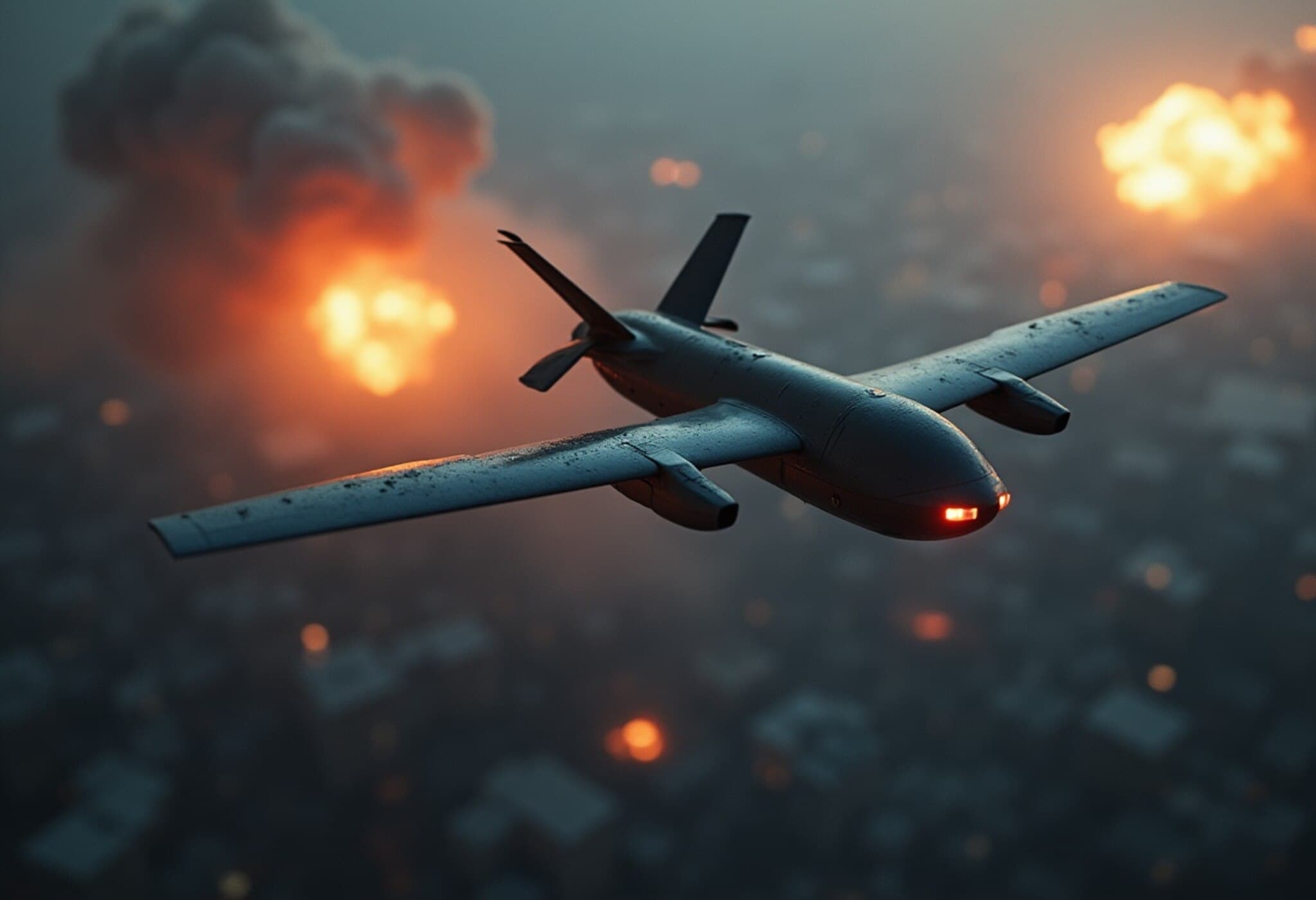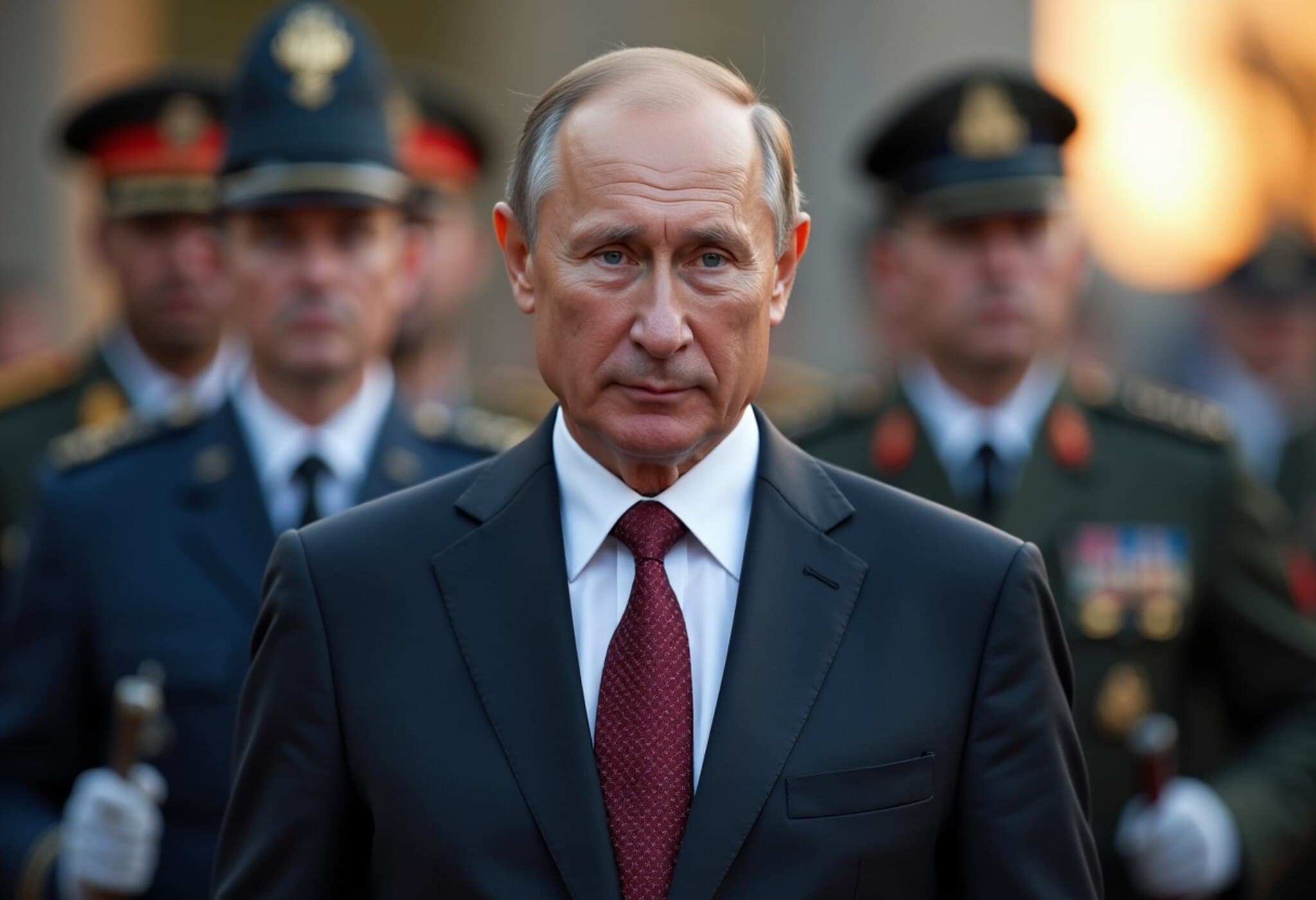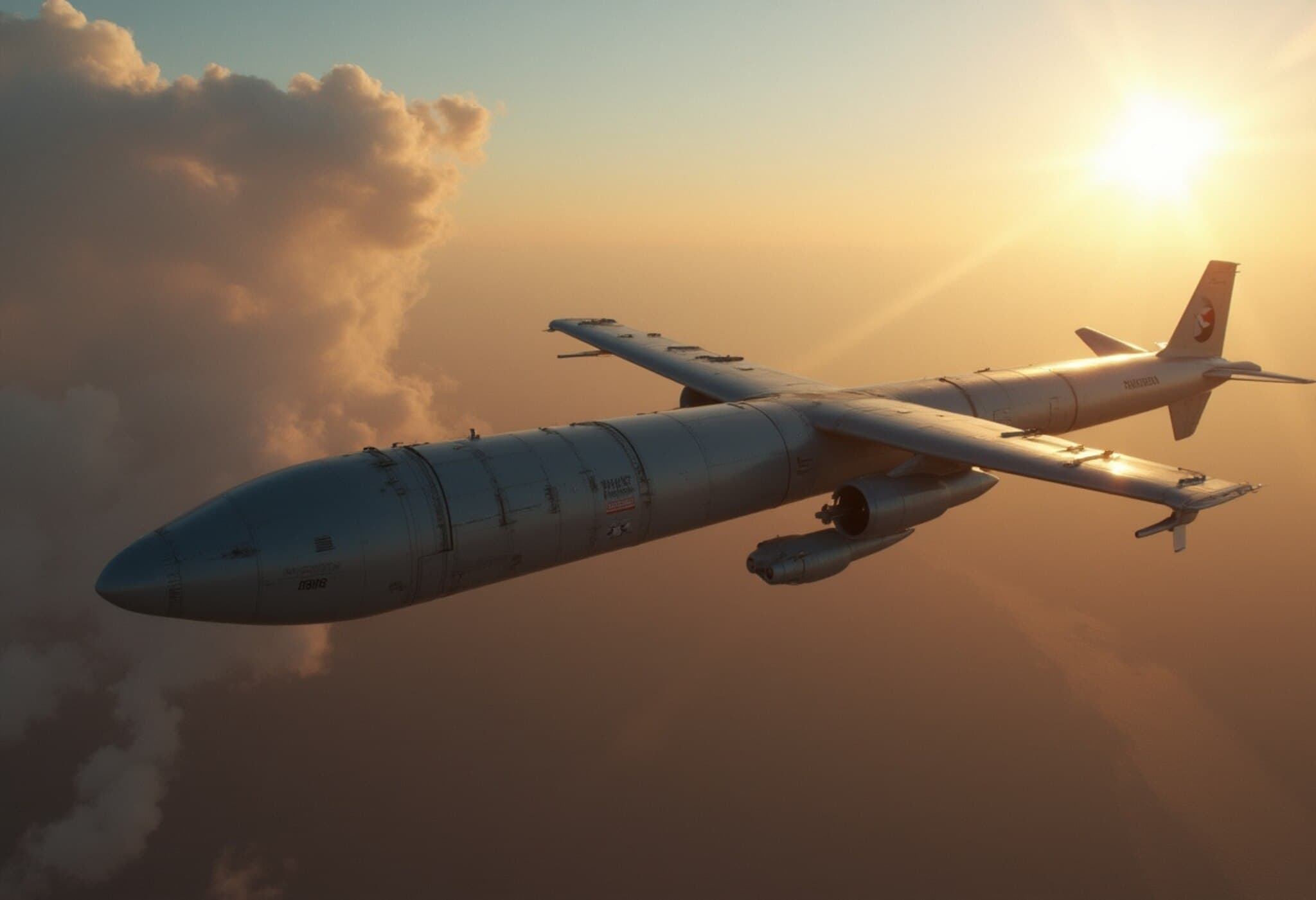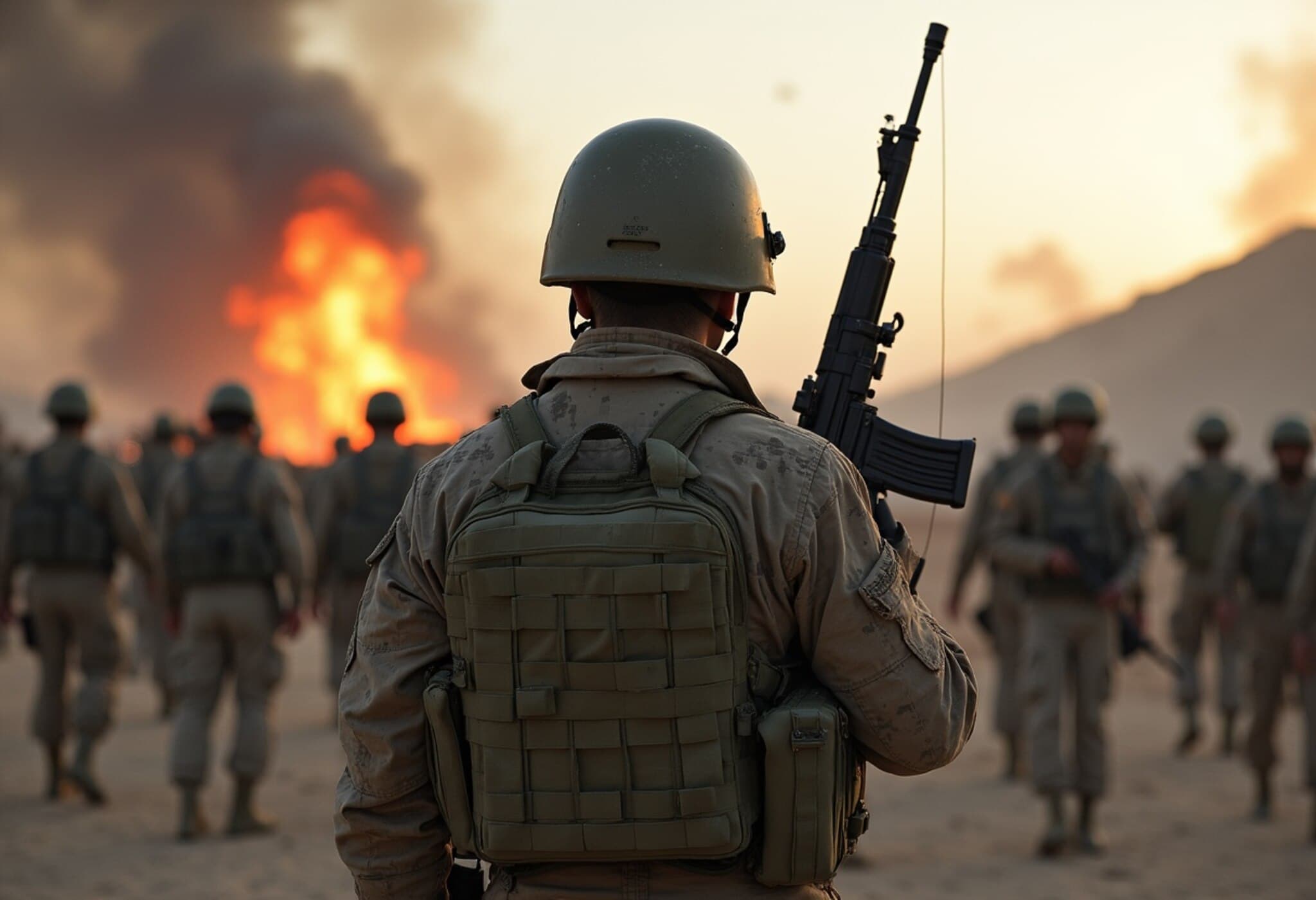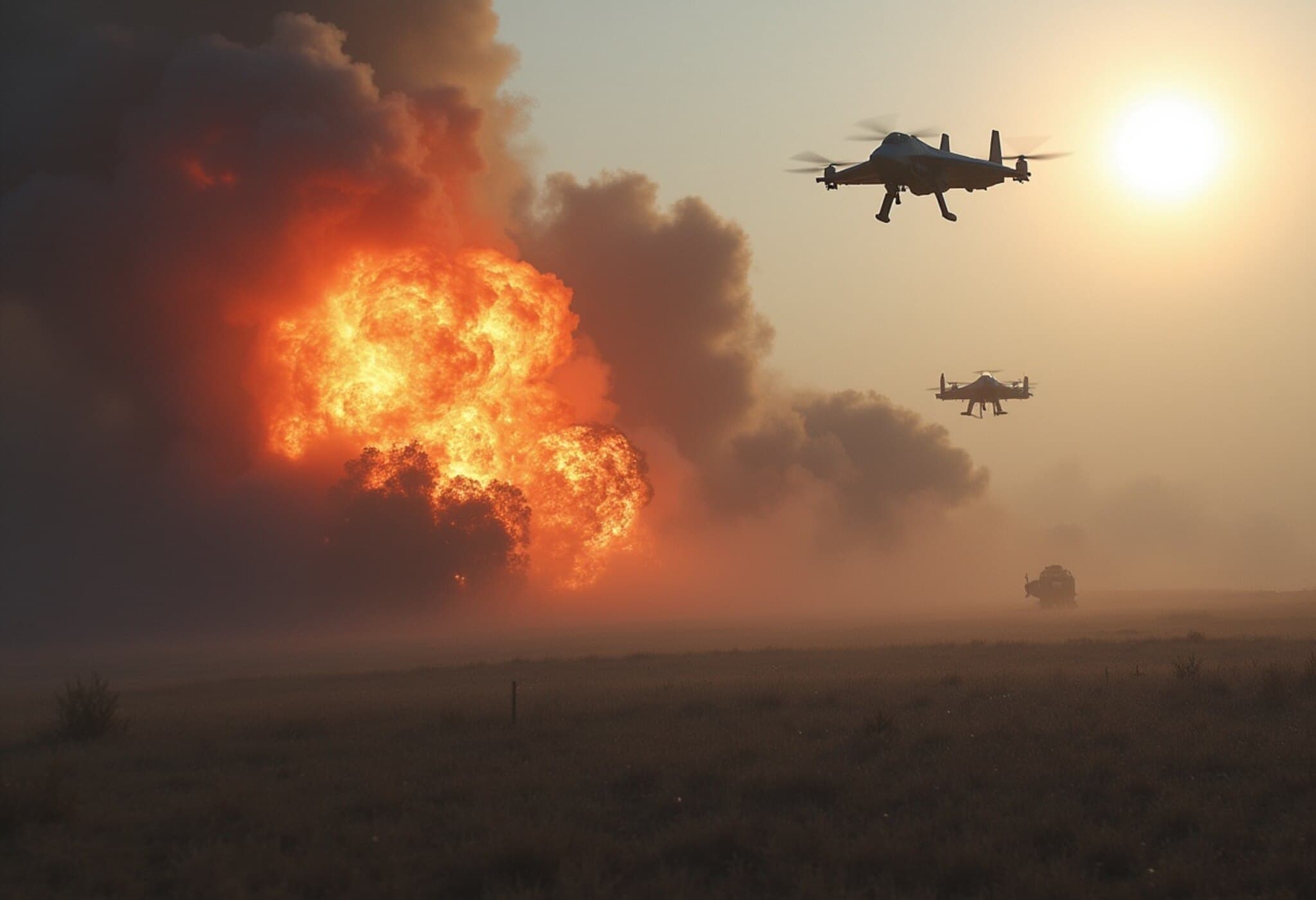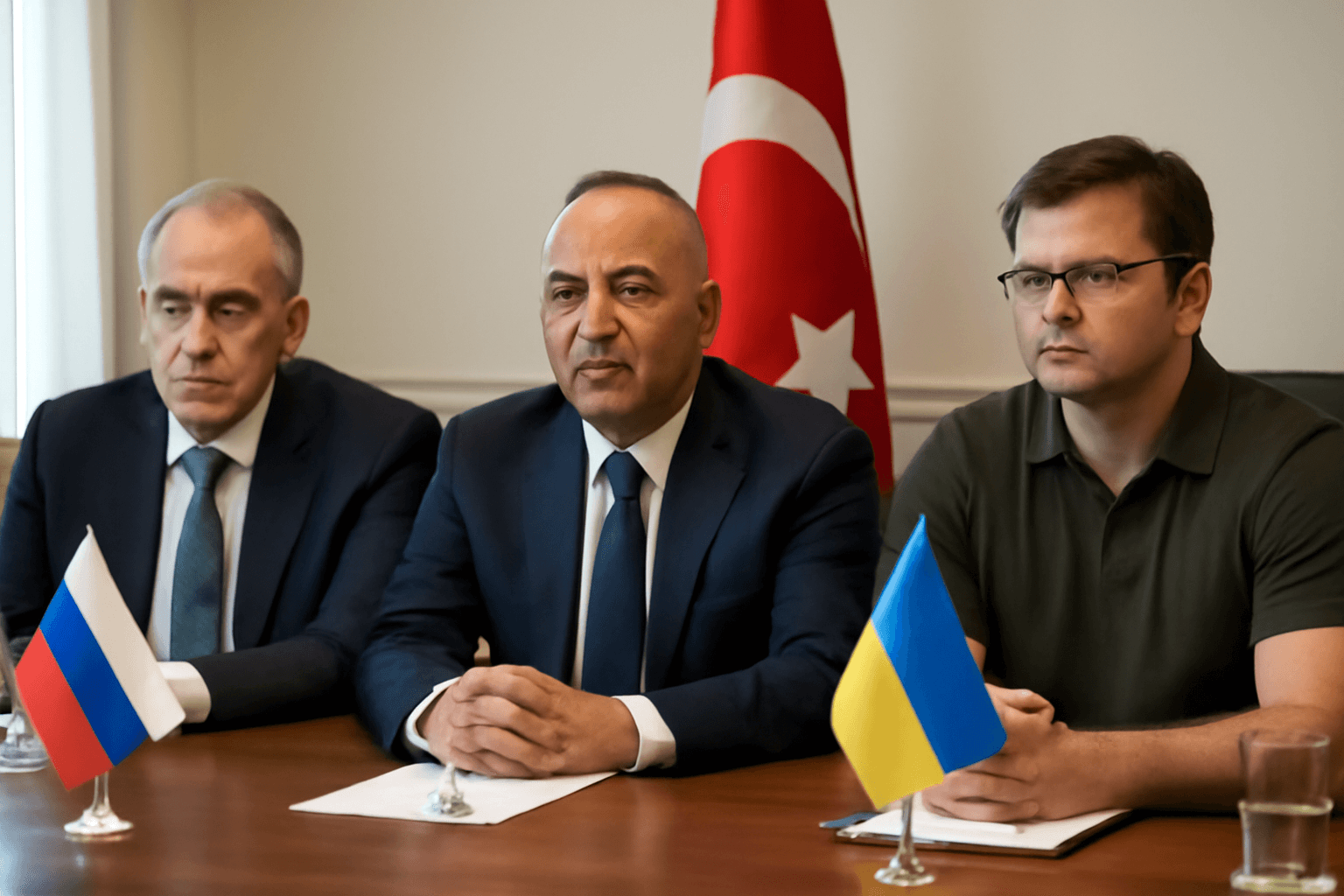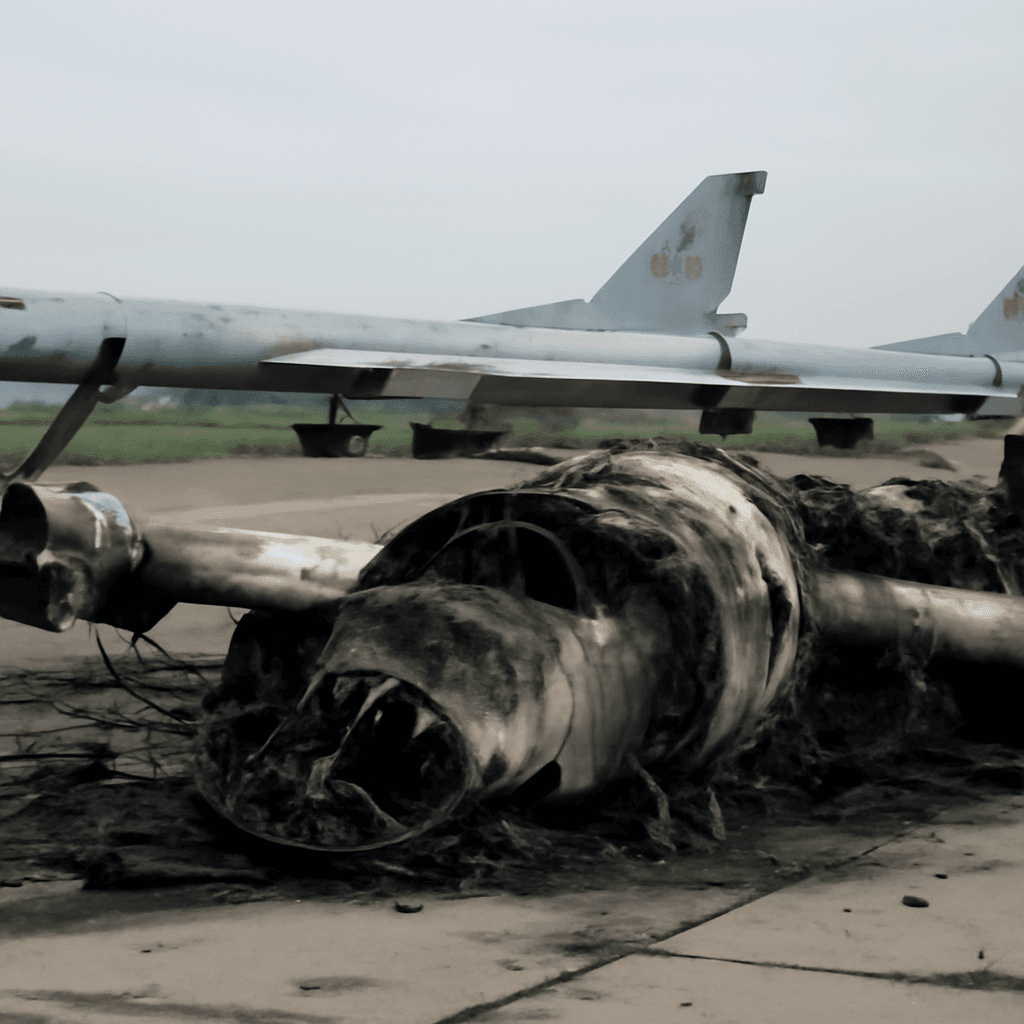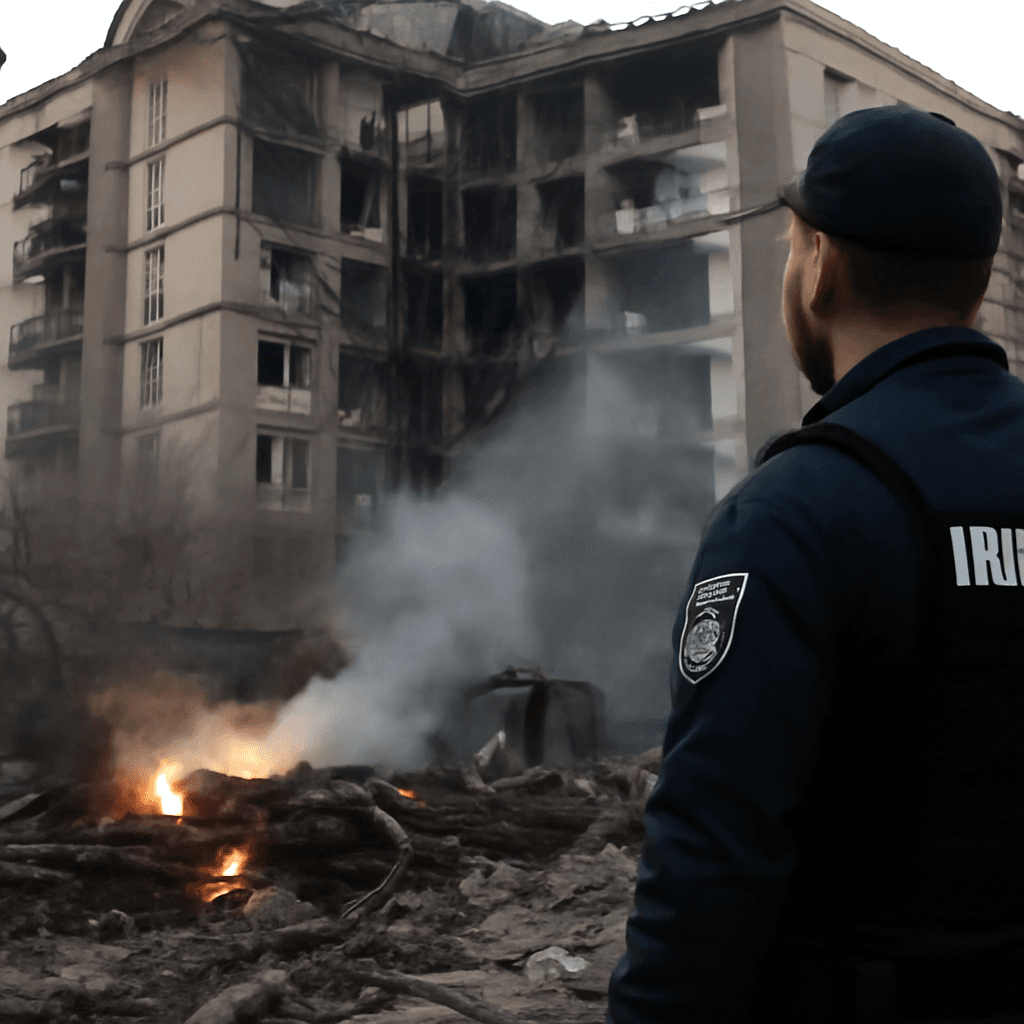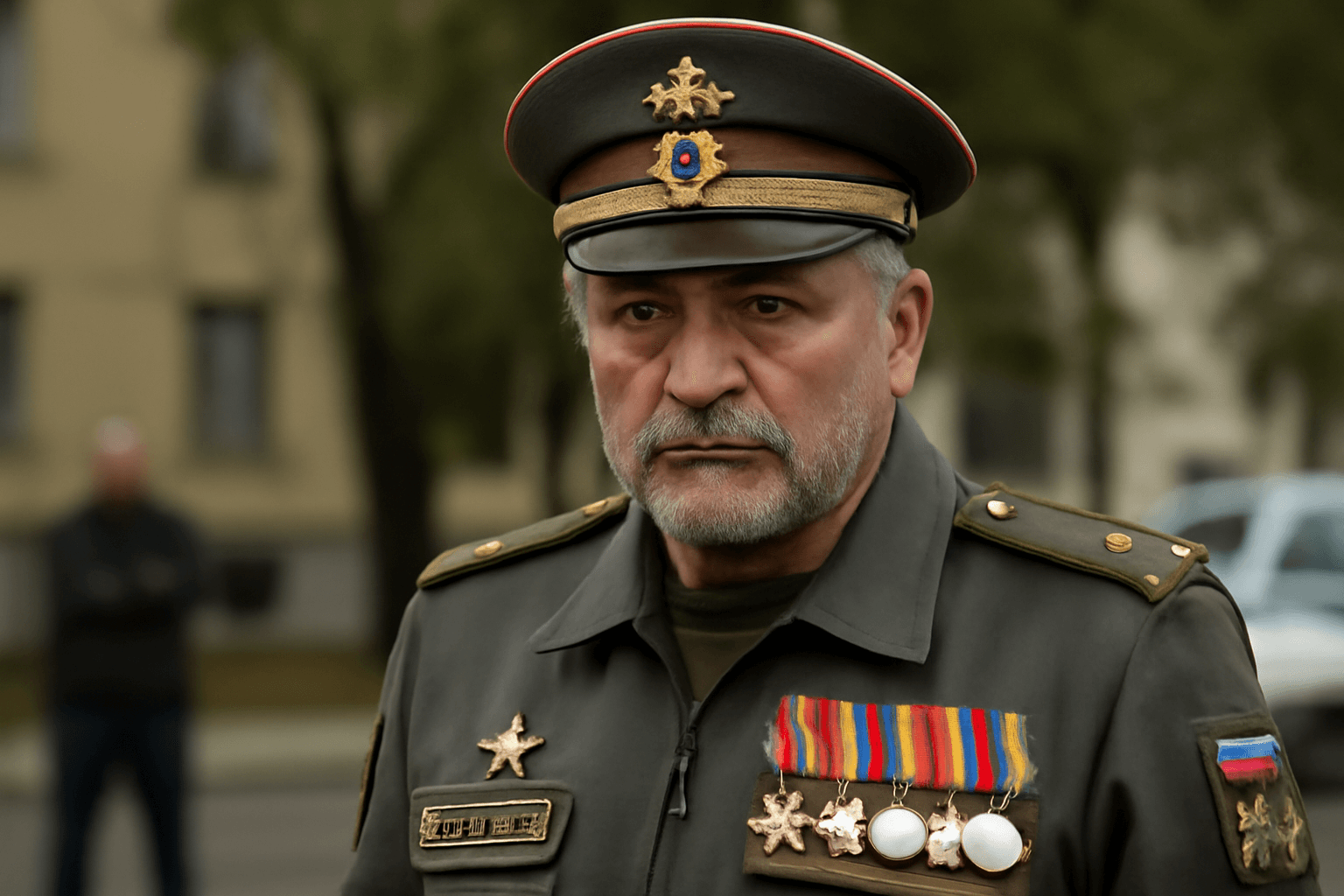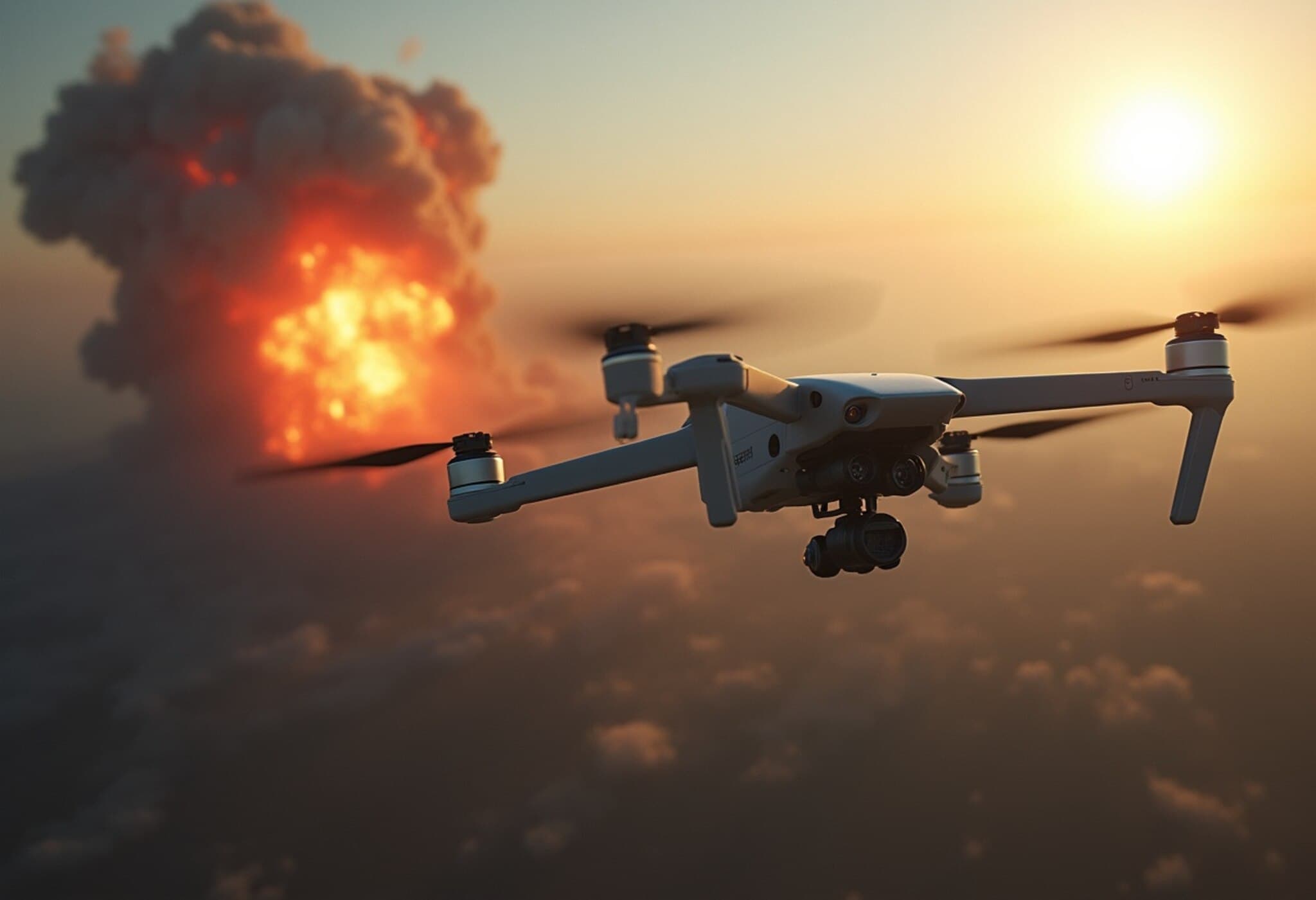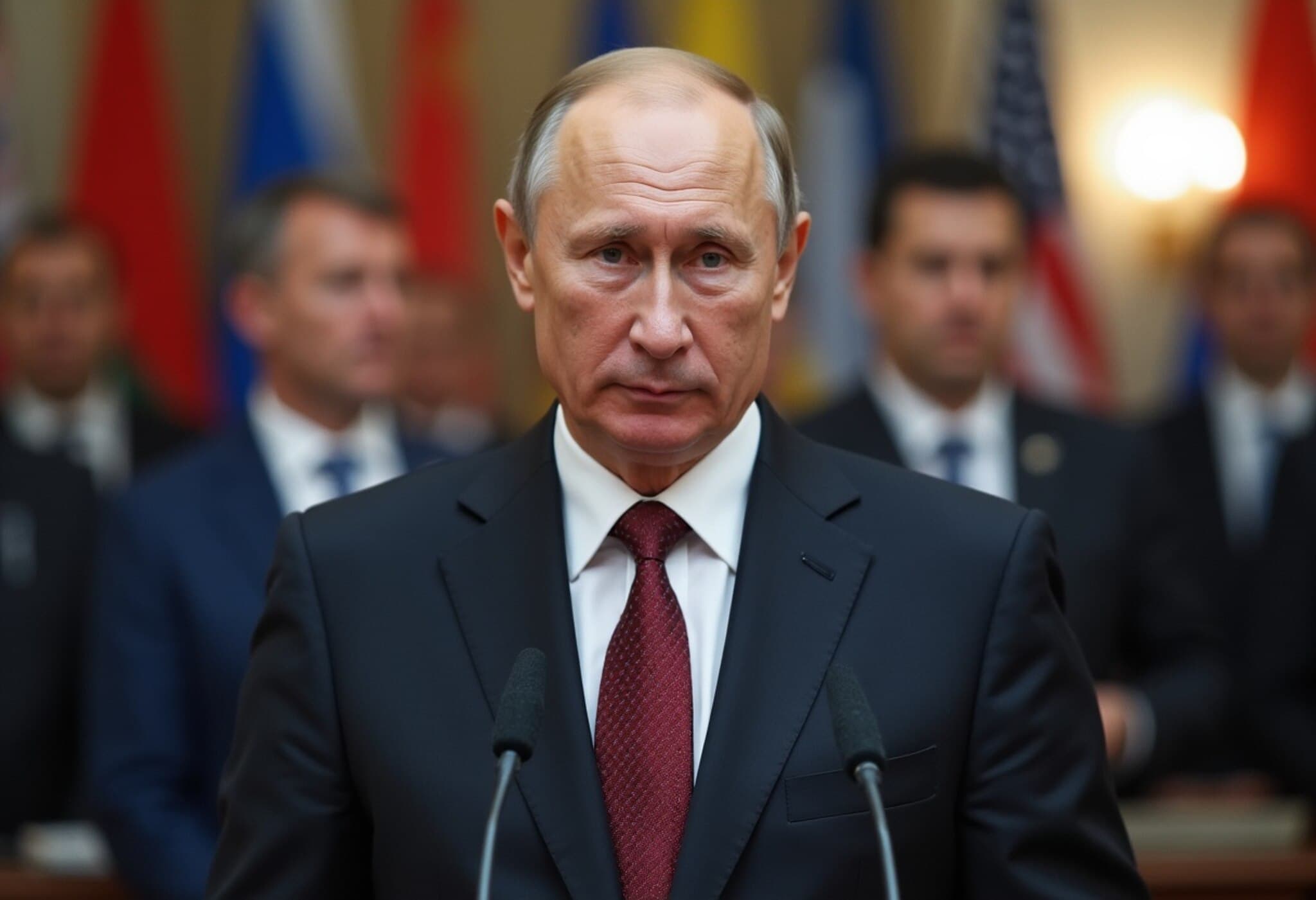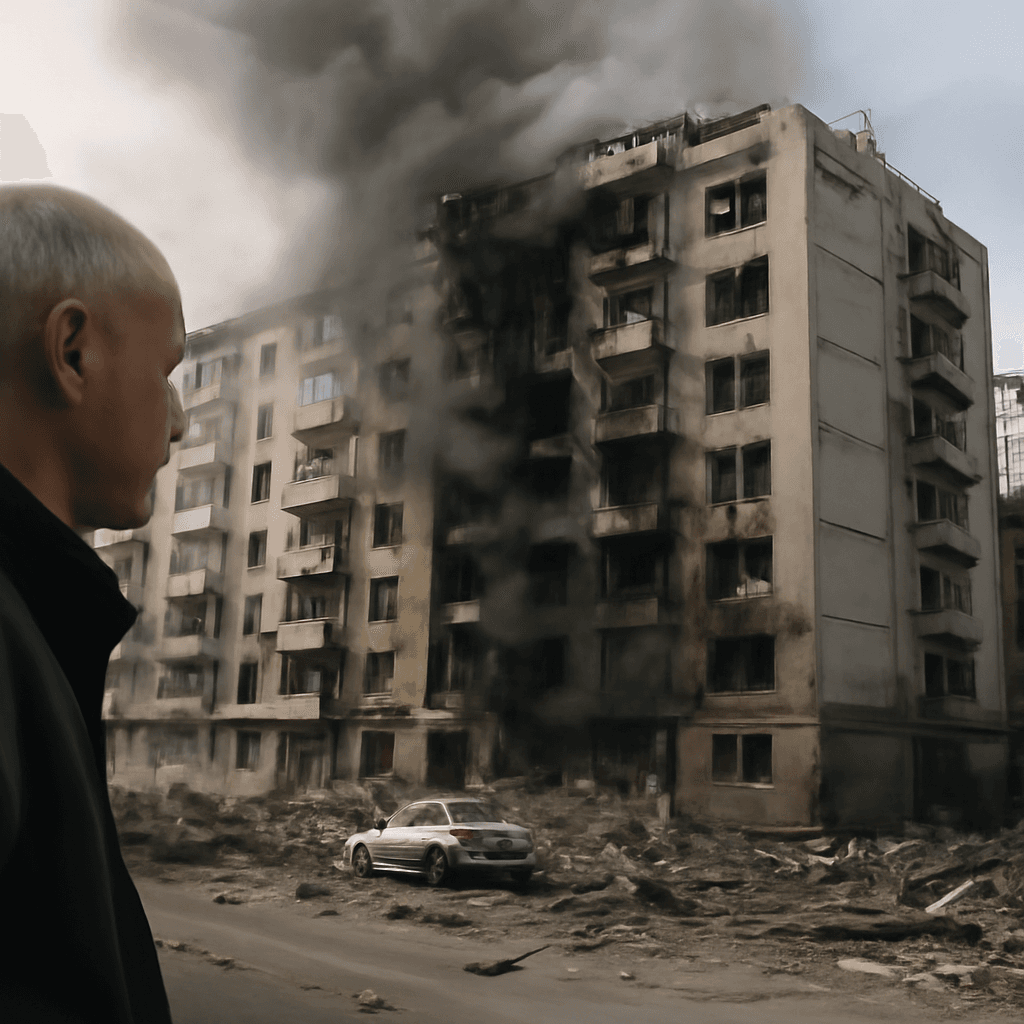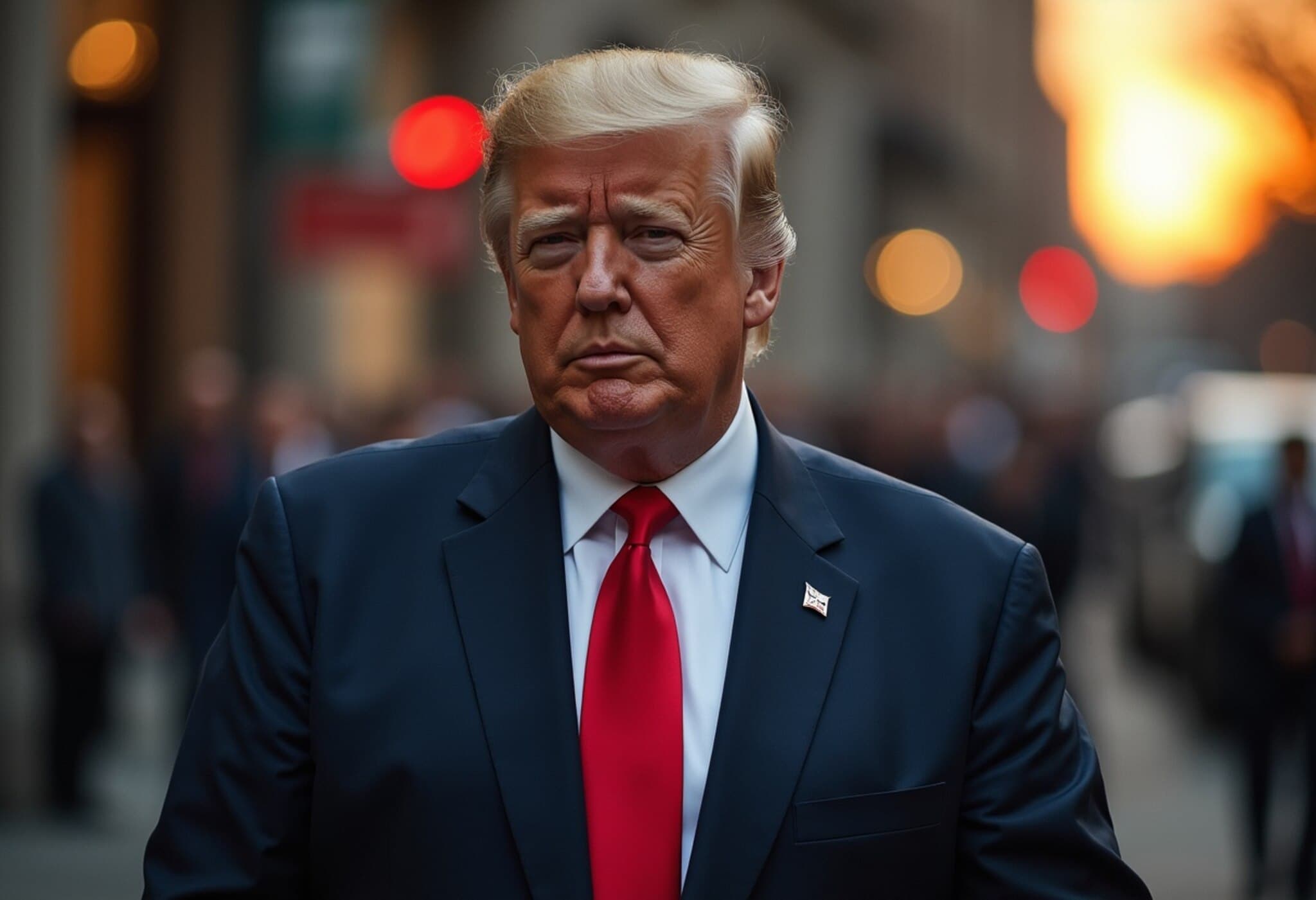Escalating Threat: Russia’s Drone Offensive Against Ukraine
As the conflict between Russia and Ukraine intensifies, a startling warning has emerged from Germany's defense circles. Major General Christian Freuding, who heads the Situation Center for Ukraine at Germany’s Ministry of Defense, has cautioned that Russia could soon deploy a staggering 2,000 drones in a single coordinated strike against Ukraine. This development signals a new and potentially devastating chapter in the ongoing war, raising critical concerns about the resilience of Ukrainian air defenses.
Rising Frequency and Scale of Attacks
Over recent weeks, Russia has steadily escalated its drone and missile attacks, moving from sporadic assaults to near-daily barrages. The largest attack recorded so far took place on the night of July 8-9, when approximately 741 drones and missiles were launched against Ukrainian targets, inflicting significant damage.
According to General Freuding, Russia's drone production and supply chains have rapidly expanded to support such large-scale operations. This increase underscores the Kremlin's strategic emphasis on using drones both as a force multiplier and a psychological tool, overwhelming Ukraine's defenses through sheer volume.
The Challenge of Mass Drone Attacks for Ukraine’s Air Defense
Ukraine’s air defense systems, while resilient, were not originally designed to counter massive waves of low-cost, small drones operating simultaneously. Freuding highlighted this vulnerability during an interview with the German military’s Nachgefragt program, pointing out the logistical and tactical strain such attacks place on defenders. The core of the problem lies in the cost asymmetry between drone attacks and their interception.
- Cost to Russia: Iranian-made Shahed drones deployed by Russia cost approximately €30,000 to €50,000 each.
- Cost to Ukraine and partners: Intercepting these drones often requires expensive Patriot missiles, each exceeding €5 million.
This disparity means Russia effectively pressures Ukraine’s defense budget and resource availability, pushing Kyiv to rely on a combination of anti-aircraft guns, interceptor drones, and electronic warfare to preserve costly interceptor missiles for higher-value targets.
International Dimensions: Iran’s Role and Drone Proliferation
Russia’s drone campaign has also been bolstered by foreign assistance, particularly from Iran. Tehran has supplied thousands of drones and shared key production expertise with Russia, highlighting the war’s growing regional implications. This cooperation has allowed Russia to accelerate drone manufacturing and replenish its arsenal rapidly, a dynamic that experts say could prolong the conflict.
Expert Insight: A War of Attrition on Air Defense Systems
Michael Kofman, a senior fellow at the Carnegie Endowment for International Peace specializing in Russian military affairs, explained that Russia's drone offensives aim to exhaust Ukraine’s air defense capabilities. By continuously targeting urban centers and critical infrastructure, Russia forces Ukraine to divert its limited resources to protect civilian populations, gradually eroding its defensive readiness.
This sustained pressure creates a difficult dilemma for Ukrainian forces: conserving advanced interceptors risks allowing drones to damage key infrastructure, while using expensive missiles rapidly depletes their stockpiles.
The Path Forward: Need for Cost-Effective Defense Solutions
General Freuding emphasized the urgent necessity for Ukraine and its allies to develop and deploy affordable air defense systems with interception costs in the range of €2,000 to €4,000. Such solutions would enable effective responses to overwhelming drone swarms without straining Ukraine's financial or logistical resources.
This call highlights a broader strategic challenge faced by countries worldwide as drone warfare becomes more prevalent: balancing defense effectiveness with sustainability in a rapidly evolving technological conflict landscape.
Implications for Global Security and Policy
The drone threat in Ukraine reflects a larger trend in modern warfare, where small, inexpensive unmanned systems challenge traditional military paradigms. For the international community, this raises urgent questions about arms control, drone proliferation, and the need for innovative defense technologies.
Meanwhile, the geopolitical standoff remains tense: despite repeated Russian escalations, meaningful diplomatic resolution remains elusive. The lack of punitive responses from some global actors potentially emboldens continued aggression, prolonging the human and economic costs of the conflict.
Editor’s Note
The looming threat of a mass drone strike underscores the evolving nature of warfare and the urgent need for adaptive defense strategies. As Russia expands its drone arsenal with foreign support, Ukraine’s struggle reveals broader vulnerabilities in global defense infrastructures. This situation demands not only innovative military solutions but also renewed international commitment to diplomatic efforts, arms control, and humanitarian support. Readers are encouraged to consider: How should the global community respond to the rise of drone warfare, and what measures can ensure both security and stability in an increasingly technological battlefield?

